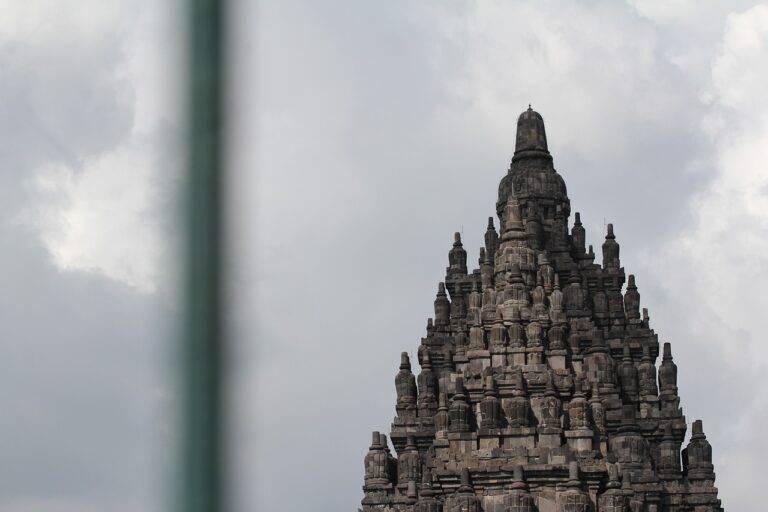Gender Disparities in Election Candidacy: Breaking the Glass Ceiling
Gender disparity in political campaigns continues to pose significant challenges for women seeking to enter the political arena. One prominent issue is the persistent stigma surrounding female candidates, with stereotypes often portraying them as less competent or authoritative compared to their male counterparts. This biased perception can hinder women from gaining the trust and support of voters, making it harder for them to effectively communicate their platforms and gain electoral success.
Moreover, the lack of gender parity in campaign funding remains a major obstacle for women running for office. Studies have shown that women tend to receive less financial support compared to men, limiting their ability to run robust and competitive campaigns. This financial disadvantage can impact women’s access to resources such as advertising, staff, and campaign materials, ultimately putting them at a disadvantage in the highly competitive and resource-intensive world of political campaigning.
Historical Context of Gender Disparities in Elections
In looking back at the history of elections, it is evident that women have often faced significant challenges in running for political office. For many years, societal norms and gender stereotypes have played a role in limiting the opportunities available to women who aspire to hold public office. These deeply ingrained beliefs have hindered women from fully participating in the political sphere and have perpetuated a gender gap in candidacy.
Moreover, institutional barriers have also contributed to the historical disparities in elections. In the past, political systems have been predominantly male-dominated, making it harder for women to navigate the complexities of running for office. Lack of access to resources, fundraising networks, and mentorship opportunities have further marginalized women, making it difficult for them to break into the political arena.
Factors Contributing to the Gender Gap in Candidacy
Gender disparity in political candidacy persists due to various contributing factors. One significant aspect is the prevailing cultural norms and societal beliefs that still perceive political leadership as a predominantly male domain. This ingrained bias often dissuades women from pursuing political careers, creating a substantial barrier to their entry into the political arena.
Moreover, structural and systemic obstacles within political parties and electoral processes can further impede women’s participation as candidates. Limited access to financial resources, lack of party support, and the existence of informal networks that favor male candidates are key challenges faced by women seeking to run for office. These barriers can deter women from even considering running for political positions, perpetuating the gender gap in candidacy.
What are some common challenges faced by women in political campaigns?
Women often face obstacles such as fundraising difficulties, gender bias and stereotypes, lack of support from political parties, and balancing family responsibilities with campaigning.
How does the historical context of gender disparities in elections impact women candidates today?
Historical gender disparities have created a lack of representation for women in political office, leading to a continued underrepresentation of women in candidacy and a perpetuation of gender biases in elections.
What are some factors contributing to the gender gap in candidacy?
Factors such as societal expectations of gender roles, limited access to resources and networks, lack of mentorship opportunities, and institutional barriers within political parties all contribute to the gender gap in candidacy.







